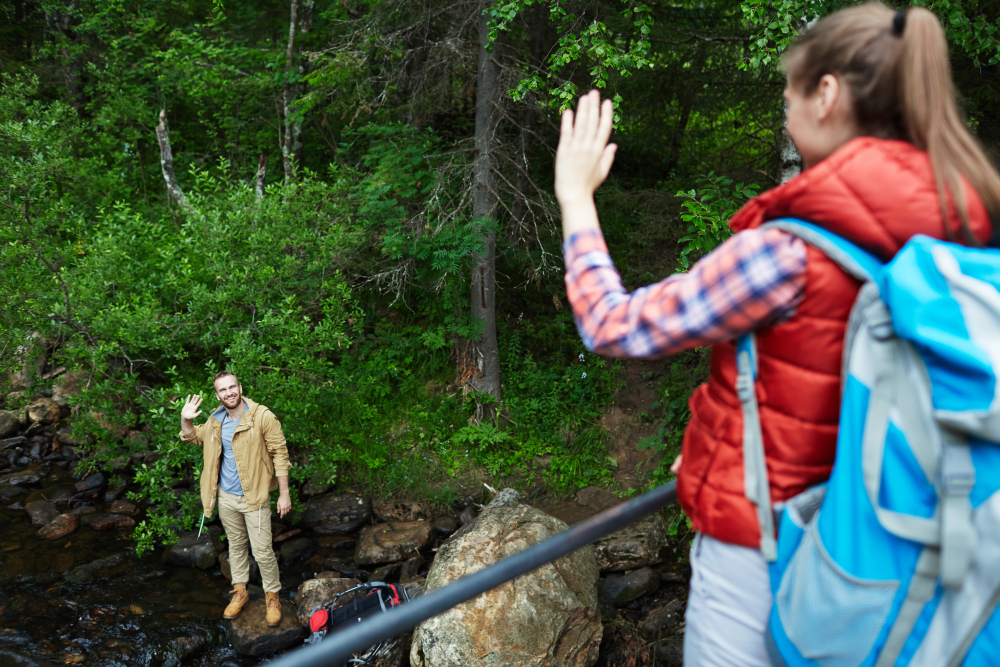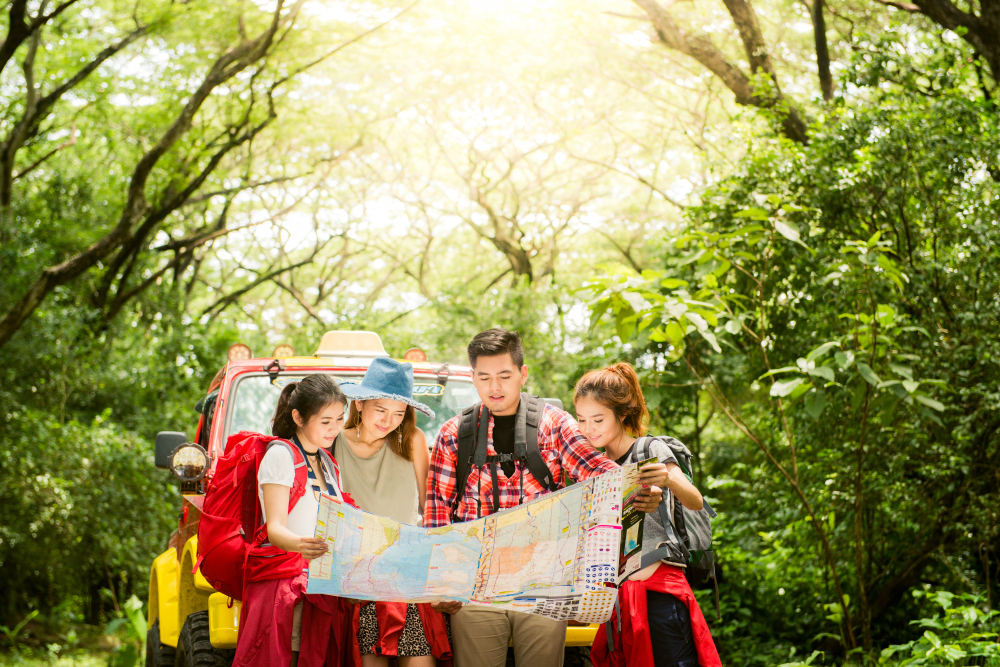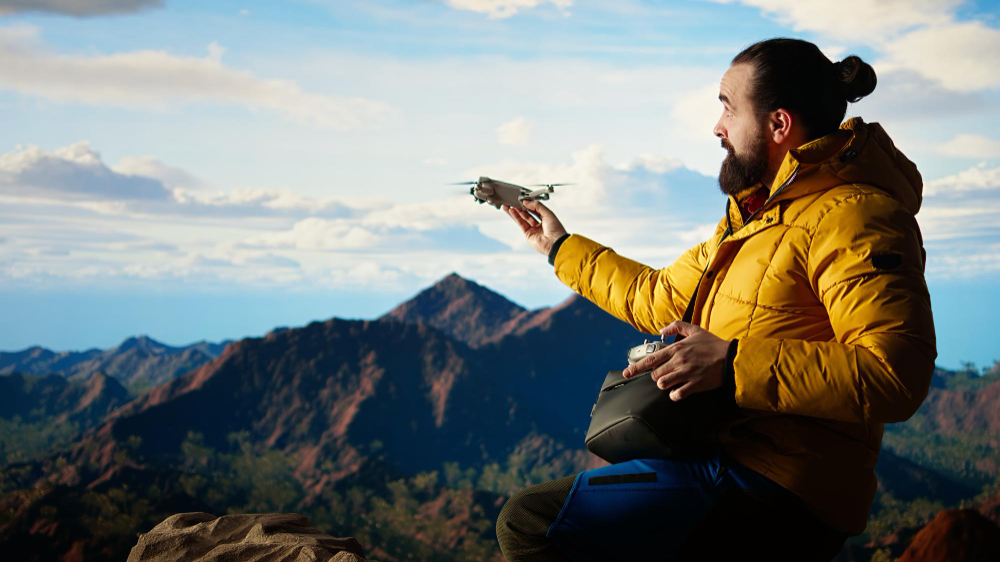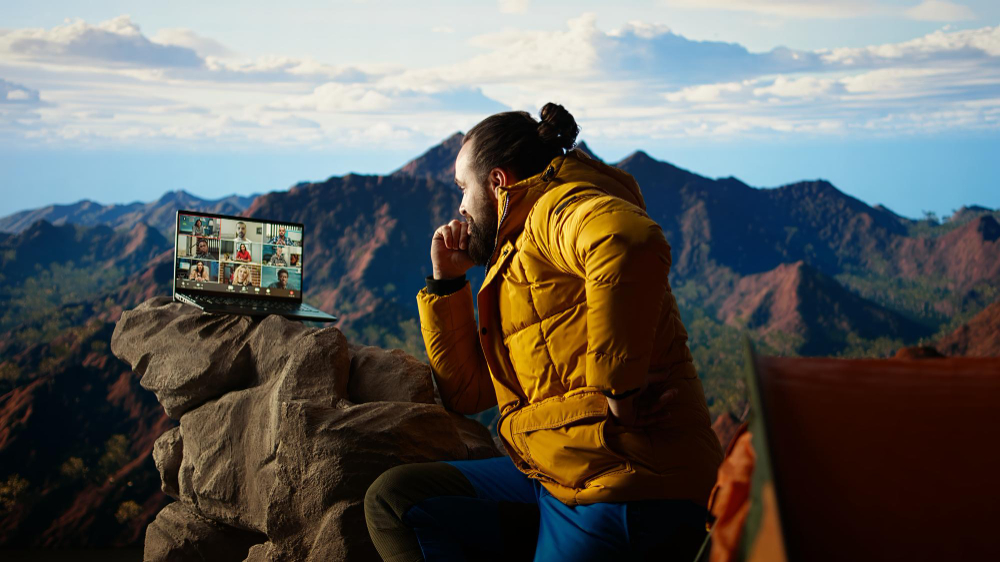👋 Welcome!
Mode Activated: 📝 Article Mode
Let’s craft a fully SEO-optimized, long-form article for your keyword:
“How to Stay Safe While Hiking: Expert Adventure Safety Tips”
Comprehensive SEO Outline
| Heading Level | Section Title |
|---|---|
| H1 | How to Stay Safe While Hiking: Expert Adventure Safety Tips |
| H2 | Introduction: Why Hiking Safety Matters |
| H2 | Preparing for a Safe Hike — The Foundation of Adventure Safety |
| H3 | Research Your Trail Before You Go |
| H3 | Check the Weather and Terrain Conditions |
| H3 | Share Your Itinerary with Someone |
| H2 | Essential Gear for Hiking Safety |
| H3 | Navigation Tools: Maps, Compass, and GPS |
| H3 | Clothing and Footwear for Varying Conditions |
| H3 | Safety Kit Essentials: First Aid, Whistle, and Flashlight |
| H2 | Understanding Your Limits and Fitness Level |
| H3 | Start Small and Build Endurance Gradually |
| H3 | Recognizing Early Signs of Fatigue and Dehydration |
| H2 | Staying Hydrated and Nourished on the Trail |
| H3 | How Much Water to Carry and Drink |
| H3 | Choosing Energy-Rich Trail Snacks |
| H2 | Navigating Safely in the Wild |
| H3 | Staying on Marked Trails |
| H3 | Using GPS and Compass Effectively |
| H3 | What to Do If You Get Lost |
| H2 | Wildlife Awareness and Safety |
| H3 | Avoiding Dangerous Encounters |
| H3 | How to React When You See a Wild Animal |
| H2 | Weather-Related Safety Tips |
| H3 | Handling Sudden Rain, Heat, or Snow |
| H3 | Lightning Safety in Open Terrain |
| H2 | Hiking with a Group vs. Solo Hiking Safety |
| H3 | Benefits of Group Hiking |
| H3 | Solo Hiking Precautions for Adventurers |
| H2 | Emergency Preparedness While Hiking |
| H3 | Basic First Aid Skills for Hikers |
| H3 | When and How to Call for Help |
| H2 | FAQs About Hiking Safety |
| H2 | Conclusion: Confidence Through Preparedness |
How to Stay Safe While Hiking: Expert Adventure Safety Tips
SEO Title: How to Stay Safe While Hiking: Expert Adventure Safety Tips for Every Explorer
Meta Description: Learn expert hiking safety tips to protect yourself on any trail. Discover how to prepare, stay hydrated, navigate safely, and handle emergencies while hiking.
Introduction: Why Hiking Safety Matters
Hiking is one of the most rewarding outdoor adventures — it clears the mind, strengthens the body, and connects us with nature. But even the simplest trails can become dangerous without proper preparation. Weather changes, poor navigation, or lack of hydration can turn a peaceful hike into a risky situation.
By understanding the basics of hiking safety, you can enjoy your adventure confidently and minimize potential hazards. Whether you’re a beginner or an experienced trekker, these expert safety tips will help you stay prepared, alert, and in control.
Preparing for a Safe Hike — The Foundation of Adventure Safety
Research Your Trail Before You Go
Always know where you’re going before setting foot on the trail. Study the trail map, elevation changes, and difficulty level. Check if there are water sources, rest spots, or restricted zones. Apps like AllTrails or local park websites are great resources.
Check the Weather and Terrain Conditions
Unpredictable weather can pose serious risks. Avoid hiking during heavy rain, lightning storms, or snow if you’re unprepared. Check forecasts and trail conditions in advance, and reschedule if the weather looks unsafe.
Share Your Itinerary with Someone
Let a family member or friend know your route, expected return time, and emergency contact details. If you’re hiking solo, this step is absolutely essential — it could save your life in case of an emergency.
Essential Gear for Hiking Safety
Navigation Tools: Maps, Compass, and GPS
Technology can fail, but preparation never does. Always carry a physical map and compass, even if you have a GPS device. Knowing how to read topographical maps can prevent you from getting lost in unfamiliar terrain.
Clothing and Footwear for Varying Conditions
Dress in moisture-wicking layers to adapt to temperature changes. Avoid cotton, as it traps sweat and can cause hypothermia. Invest in sturdy hiking boots with good ankle support and grip.
Safety Kit Essentials: First Aid, Whistle, and Flashlight
A compact safety kit is your best trail companion. Include:
- Adhesive bandages and antiseptic wipes
- Emergency blanket
- Whistle for signaling
- Headlamp or flashlight with spare batteries
- Multi-tool or knife
Understanding Your Limits and Fitness Level
Start Small and Build Endurance Gradually
If you’re new to hiking, begin with short, well-marked trails. Gradually increase distance and elevation as your stamina improves. Overexertion can lead to fatigue and poor decision-making — two common causes of trail accidents.
Recognizing Early Signs of Fatigue and Dehydration
Watch for symptoms like dizziness, rapid heartbeat, or muscle cramps. These are signs that your body needs rest, water, and nutrition. Listen to your body — it’s your best guide to safety.
Staying Hydrated and Nourished on the Trail
How Much Water to Carry and Drink
A good rule of thumb is to carry half a liter of water per hour of moderate hiking. Use hydration bladders or reusable bottles for convenience. In dry climates, increase your intake and bring water purification tablets if natural sources are available.
Choosing Energy-Rich Trail Snacks
Pack lightweight, high-energy foods like nuts, granola bars, dried fruit, and jerky. These replenish calories quickly and keep your energy steady throughout the trek.
Navigating Safely in the Wild
Staying on Marked Trails
Straying off designated paths can lead to getting lost or damaging fragile ecosystems. Follow signs, stay aware of trail markers, and resist the temptation to take shortcuts.
Using GPS and Compass Effectively
Even experienced hikers can lose their bearings. Check your location frequently, and note key landmarks like ridges, rivers, or large trees.
What to Do If You Get Lost
- Stay calm and stay put. Panic leads to poor decisions.
- Signal for help using your whistle (three blasts = distress).
- Mark your location with bright clothing or reflective gear.
Wildlife Awareness and Safety
Avoiding Dangerous Encounters
Respect wildlife from a distance — at least 100 meters for large animals. Never feed or provoke animals, as this can make them aggressive or dependent on humans.
How to React When You See a Wild Animal
- Bears: Back away slowly without turning your back. Don’t run.
- Snakes: Step back calmly; they rarely chase humans.
- Insects: Wear repellents and light-colored clothing to deter bites.
Weather-Related Safety Tips
Handling Sudden Rain, Heat, or Snow
Carry a lightweight rain jacket, hat, and thermal layer. In hot weather, hike early in the morning, take frequent breaks, and seek shade.
Lightning Safety in Open Terrain
If you hear thunder, move away from open ridges or isolated trees. Crouch low to the ground and avoid contact with metal objects. Wait 30 minutes after the last thunderclap before resuming your hike.
Hiking with a Group vs. Solo Hiking Safety
Benefits of Group Hiking
Group hiking offers safety in numbers. Companions can help in emergencies, share navigation duties, and provide emotional support on challenging trails.
Solo Hiking Precautions for Adventurers
If you prefer solitude, plan meticulously. Carry emergency communication tools like a satellite phone or GPS beacon, and avoid unmarked trails. Always inform someone of your route.
Emergency Preparedness While Hiking
Basic First Aid Skills for Hikers
Learn how to treat blisters, sprains, and insect bites. A short first aid training course can make a major difference in emergency situations.
When and How to Call for Help
If injured or lost, stay put and try to conserve energy. Use your whistle or flashlight to signal rescuers. Dial 112 (in Europe) or your region’s emergency number when cellular service is available.
FAQs About Hiking Safety
Q1. What’s the number one rule of hiking safety?
Always tell someone where you’re going and when you’ll be back.
Q2. How do I avoid dehydration on long hikes?
Drink small amounts regularly rather than large gulps. Refill at safe water sources if possible.
Q3. Is hiking alone safe?
Yes — with preparation. Plan ahead, carry a GPS tracker, and inform someone of your route.
Q4. What’s the most common hiking injury?
Ankle sprains and blisters. Proper footwear and pacing can prevent both.
Q5. Can weather really be dangerous while hiking?
Absolutely. Sudden storms or heatwaves can create hypothermia or dehydration risks. Always check forecasts before heading out.
Q6. What’s the best way to signal for help in an emergency?
Use a whistle (three blasts) or reflective gear. If you have a GPS beacon, activate the SOS function.
Conclusion: Confidence Through Preparedness
Hiking safety isn’t about fear — it’s about confidence and awareness. When you plan ahead, pack smart, and respect nature’s unpredictability, you can explore freely while staying protected.
Every successful adventure begins with preparation. So next time you hit the trail, walk boldly — knowing that you’ve done everything to keep yourself and others safe. 🏞️
External Source:
For official hiking safety guidelines, visit the National Park Service Hiking Safety Page.










